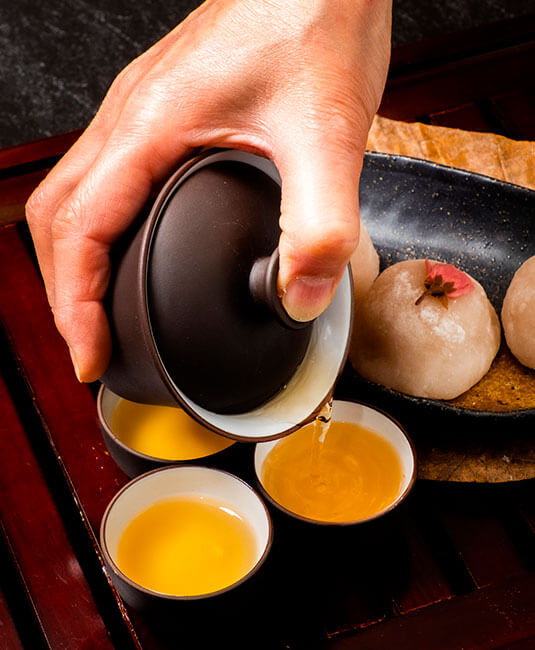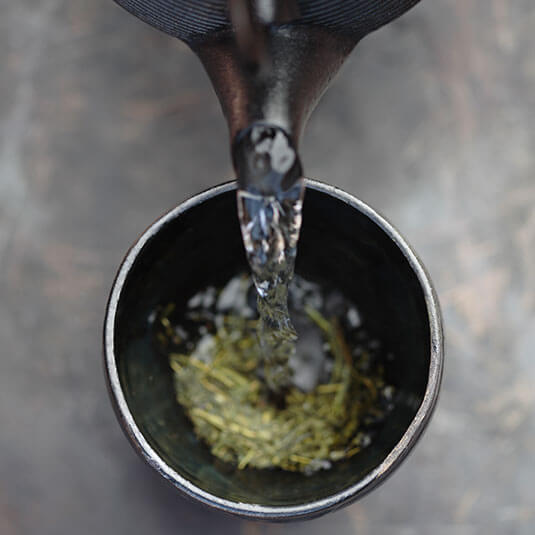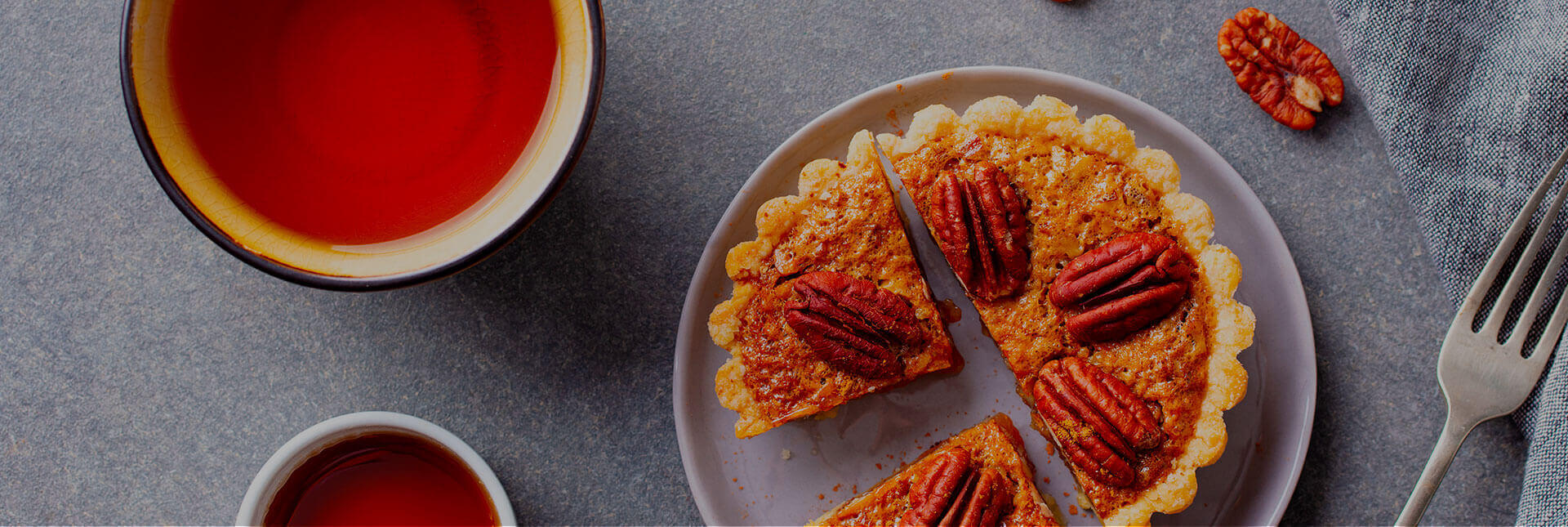Free shipping from $55
The rules of a good Tea and Food Pairing

A LONG STANDING ASIAN TRADITION
While renowned French and international chefs have been gradually incorporating tea-food pairings into their gourmet menus, it has been an integral part of every meal in China and Japan. In these countries, when you dine at a restaurant, a cup of tea accompanies your entire lunch or dinner experience. In China, Jasmine tea is a popular choice, while in Japan, green teas, especially roasted varieties like Genmaicha, complement Japanese cuisine beautifully. Additionally, in England, Earl Grey tea has become a well-established tradition, whether enjoyed during the traditional Five O'Clock Tea or as a part of Sunday brunch.
THREE DIFFERENT APPROACHES
A successful tea and food pairing is when the tea enhances the dish, and the dish brings out the best in the tea. To achieve this harmony, it's important to carefully analyze the texture, aromas, and flavors of the dish beforehand. Alternatively, you can start with a tea you're familiar with and find a complementary and delightful food pairing. There are three main ways to create a good tea and food pairing:
Matching: The goal is to pair a dish with a tea that shares similar characteristics. For example, if you're preparing a honey cake, you can pair it with a tea that has buttery and honeyed notes, such as an Organic Fu Lian Oolong.
Contrast: The idea is to pair a tea and a dish with distinct but complementary characteristics. Sticking with the honey cake example, you could pair it with a robust tea featuring intense coffee and cereal notes, like an Itoigawa Batabatacha.
Fusion: The principle here is to combine two distinct flavors to create a new and delightful experience. For instance, pairing honey cake with an Earl Grey tea (with bergamot) can reveal a subtle citrus note, reminiscent of orange zest.

FROM APERITIF TO DESSERT
Whether it's to awaken the taste buds, support the savory notes of fish, accompany meat or end with a touch of lightness, tea is a harmonious addition to all stages of the meal.
It is important to respect the serving temperatures specific to each tea. Typically, they fall within the range of 30°C to 50°C. However, for cheeses, the infusion and serving temperature should be around 20°C.
